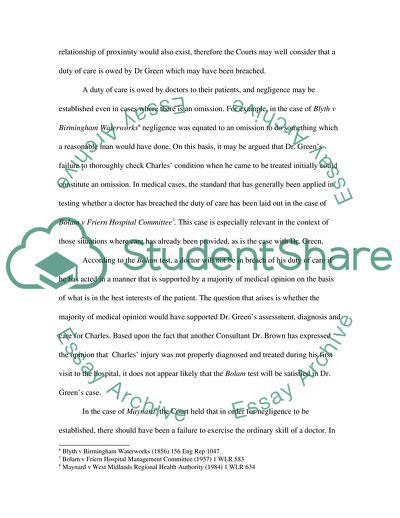Cite this document
(Medical Law on The Example of The Case of Charles Essay, n.d.)
Medical Law on The Example of The Case of Charles Essay. Retrieved from https://studentshare.org/law/1713595-medical-law-assignment-problem-question
Medical Law on The Example of The Case of Charles Essay. Retrieved from https://studentshare.org/law/1713595-medical-law-assignment-problem-question
(Medical Law on The Example of The Case of Charles Essay)
Medical Law on The Example of The Case of Charles Essay. https://studentshare.org/law/1713595-medical-law-assignment-problem-question.
Medical Law on The Example of The Case of Charles Essay. https://studentshare.org/law/1713595-medical-law-assignment-problem-question.
“Medical Law on The Example of The Case of Charles Essay”. https://studentshare.org/law/1713595-medical-law-assignment-problem-question.


